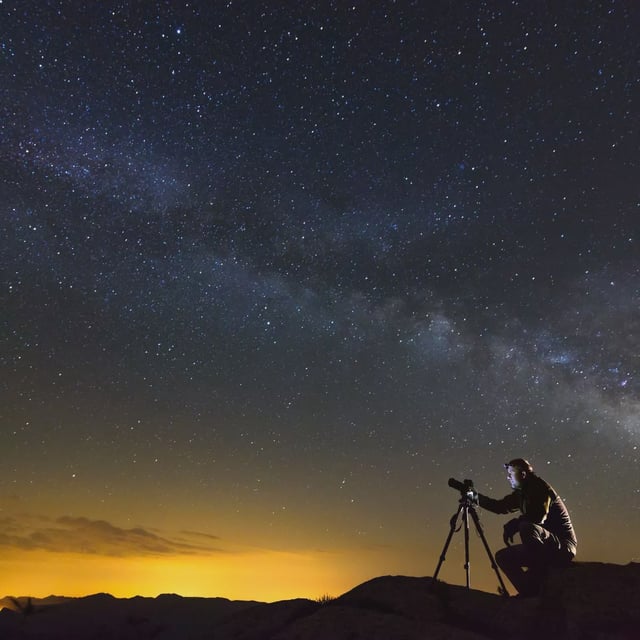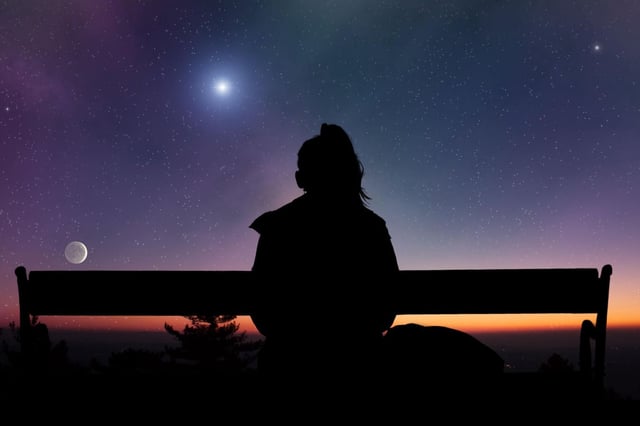Overview
- Through August 20, especially on the mornings of August 18 and 19, skywatchers can glimpse all six planets about 45 to 120 minutes before sunrise on a clear eastern horizon.
- Mercury, Venus, Jupiter and Saturn are visible to the naked eye, while Uranus and Neptune require binoculars or a small telescope under dark skies.
- A waning crescent Moon will drift past the lineup and appear closest to Venus on August 20, serving as a natural guide to the planetary alignment.
- Observers need an unobstructed eastern horizon, low light pollution and clear weather to catch the faint ice giants before dawn.
- This mid-August grouping marks the final six-planet parade of 2025, with the next comparable event not expected until early 2026.



